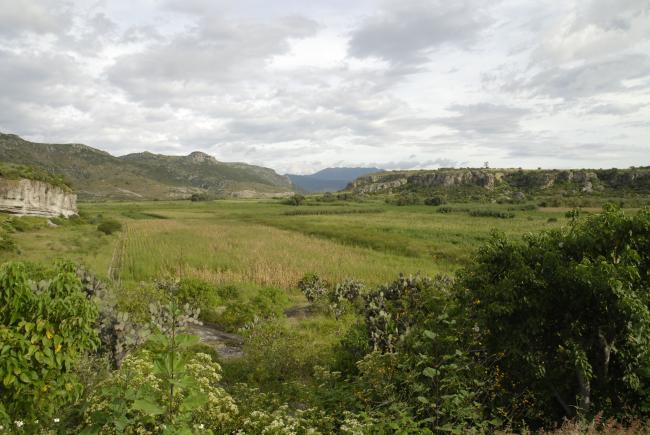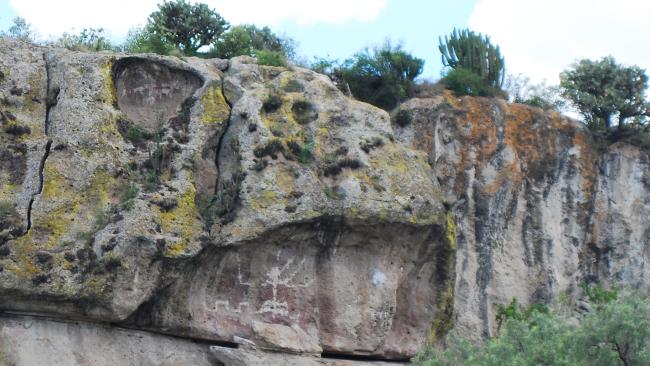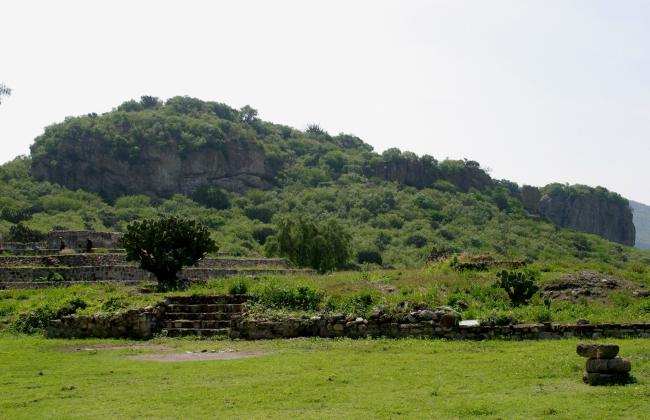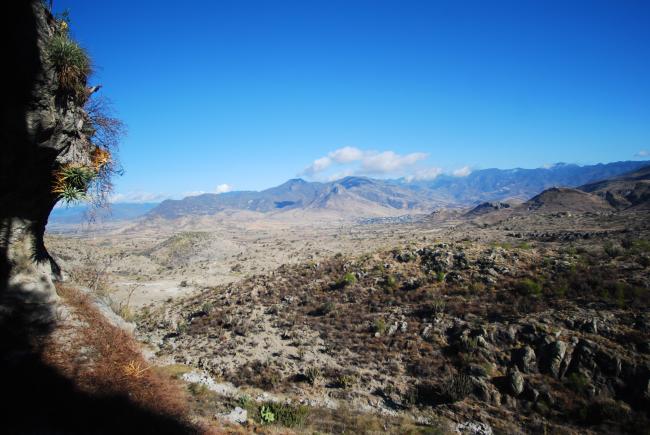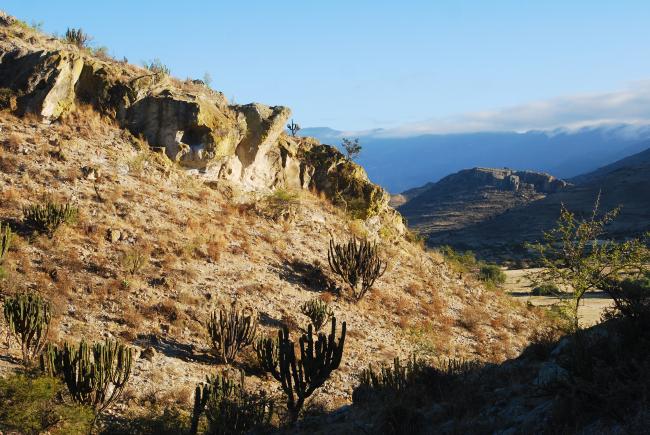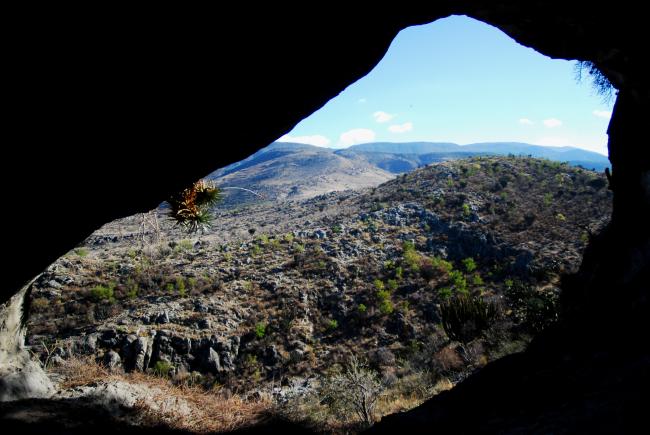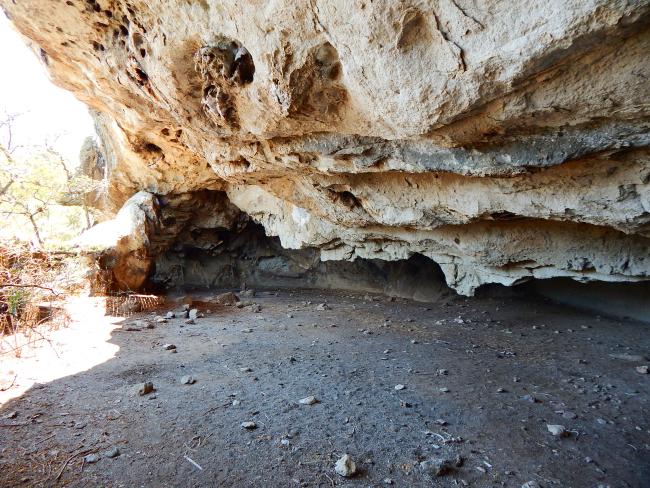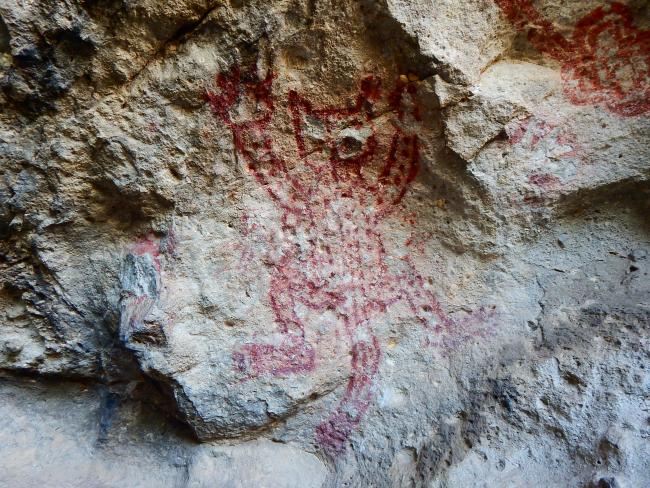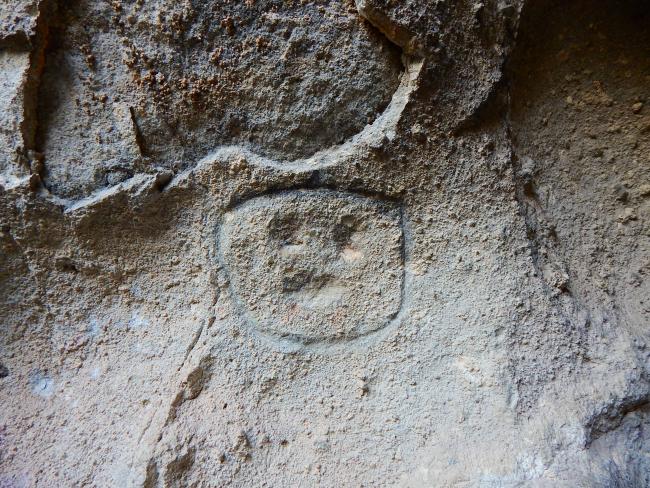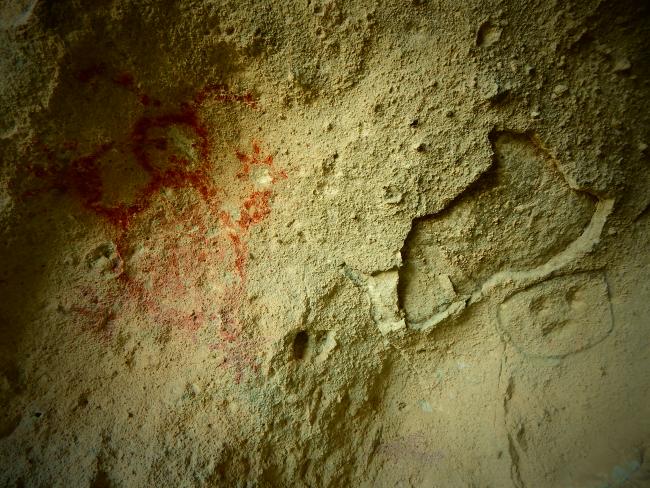
Cuevas de Yagul
Estructura
In all its components - caves, rock shelters, open places, the basin, plains and lowland areas of deciduous forest - Yagul constitutes one of the best and most complete examples of cultural landscape, which maintains samples of original ways of life from the first human groups that populated the region.
In Yagul, the universality of the natural values of the landscape is recognized, as well as its close relationship with the hunter-gatherer human groups that inhabited this region some twelve thousand years ago, being currently a testimony of the way of life that gave way to the high Mesoamerican cultures, thanks to the sedentarization of the first settlers of Mexico.
Natural landscape of Yagul: Part of the great landscape that makes up this area is due to the conservation of the low deciduous forest, composed of a wide variety of endemic useful plants, which have made possible the human presence and its interaction with the environment, reflecting its ecological balance.
El Candelabro: The steep terrain of the area has allowed an exceptional conservation of the jungle, where the vegetation is low and dense; thus, animals and plants of the ecosystem are destined to deal with their adaptation. The vegetation in this place offers a particular spectacle throughout the year.
Meseta del Caballito Blanco: In the whole area, and particularly in this part, the landscape is based on a series of rock formations of volcanic origin.
In total, around 60 caves and rock shelters were recorded, and their study was characterized by the cultural description of nomadic bands of hunter-gatherers, who occupied seasonal camps and temporary shelters in the caves, which constitute the archaeological deposit of the area.
Cañada de las Águilas: In this site there is very early evidence of human occupation. Among the remains found of the first domesticated species, according to Flannery's explorations, are squash, corn, guaje and chili peppers. Remains of other types of non-domesticated plants were also found, such as pine nuts, wild onions, maguey, guaje, beans, nanche, nopales and mulberries, suggesting that the inhabitants of this site were involved in proto-agricultural practices, both with seasonal plants and with those that would later be domesticated. This shows a process of evolution and interdependence between these species and man.
Peña de los Buitres: Due to little human disturbance, different species of wildlife have made this landscape their home. One example is the cliff swallow, which travels thousands of kilometers to have its offspring in this place.
Yagul Caves: The presence of cave paintings on the rocky outcroppings, as well as primitive tools found in several caves, suggest an occupation related to man during the hunter-gatherer stage.
Cueva de la Paloma: Among 80 rocky shelters there are approximately 40 cave dwellings registered so far in the site, of which the Paloma and Rockshelter caves stand out, where evidence of transition from nomadism to sedentism has been found.



